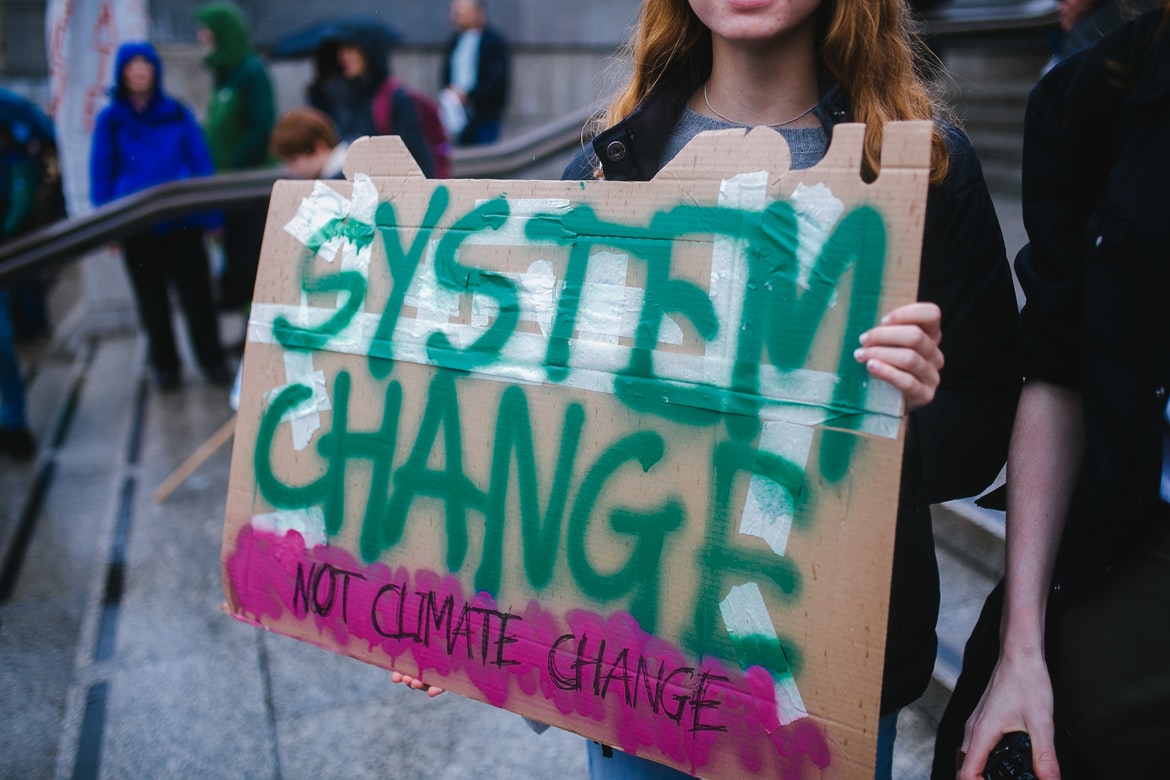2022-01-20. 2022 will be the year to tackle the complexities of covering climate change, says the Reuters Institute for the Study of Journalism (RISJ) in a new report. The upcoming Global e-Summit on Journalism and the Climate Crisis, on 22 and 23 February, aims to unpack the challenges and share solutions.
There are a few nagging issues editors raise when talking about their climate change coverage and plans for 2022: audience interest and engagement remains relatively low and there is a gap between what audiences want, and what newsrooms are delivering. Coverage is seen as depressing. Content is expensive to produce and it is a challenge to maintain the pre-COP26 momentum, despite the urgent need.
These observations, from a discussion with members of the World Editors Forum Board, form the basis of the solutions oriented programme for the Global eSummit on Journalism and the Climate Crisis on 22 – 23 February. The online event, spread over five sessions in two days, is free but pre-registration is required.
The event will look at:
- Storytelling, innovation and formats: a focus on newsrooms successfully making sense of climate change for their audiences – across all beats and despite resource challenges. Podcasts, AR, Explainers and Interactives.
- The viability of climate change coverage: amid scarce resources, how are newsrooms making the case for growing their climate coverage and science expertise?
- Extreme collaboration: one way to improve your climate coverage and the authority of your journalism is through partnerships. Ideas on how to do it.
- Shifting the narrative from doom and gloom to hope: how to approach a story to keep audiences interested and invested.
- Training and resources: climate touches all beats, all journalists, all editors. Where and how can you access training for all your staff.
- Keeping climate coverage alive, engaging and on the front page: the gaps we need to overcome to produce content that resonates with audiences.
The complexities of dealing with the multi-facted, complex, climate change story are unpacked in the latest RISJ report Journalism, Media, and Technology Trends and Predictions 2022.
“As the impact of climate change becomes more pressing, the news industry remains uncertain about how to deal with this complex and multi-faceted story,” wrote Nic Newman.
“News editors say it is hard to get mainstream audiences to take notice of a story that moves slowly and can often make audiences feel depressed. In turn, this means it’s hard to make the case to hire the necessary specialist journalists to explain and bring it to life.”
Only a third of those surveyed by RISJ (34%) rated general coverage as good, even if they felt their own coverage (65%) was better.
Survey respondents highlighted six key barriers to better coverage:
- The slow nature of developments makes it a poor fit with a fast-paced news cycle.
- Audiences are put off by the depressing outlook, leading to feelings of powerlessness.
- There is a lack of money to hire specialist journalists who can explain the science.
- Original coverage is expensive as it often involves travel to far-off places.
- The story is very complex (CO2 emissions, biodiversity, etc.) with no easy solutions.
- Pressure exerted from owners and advertisers, not yet aligned with required changes.
RISJ’s report predicts 2022 will bring:
- More scientific expertise in newsrooms, partly due to collaboration with academic and scientific institutions and also the integration of climate change as a theme across beats
- Constructive and accessible coverage and a move away from a catastrophic narrative
- Collaboration and joint projects to overcome resource constraints
- More focus and debate on impartiality – and whether journalists should actively campaign for solutions or just report on them.

